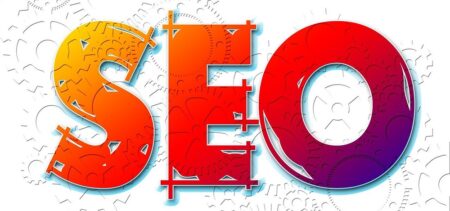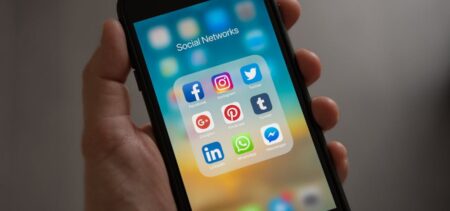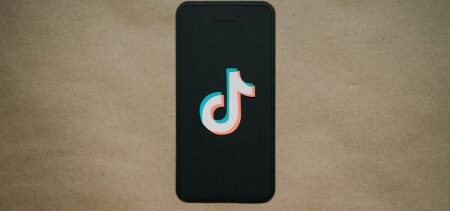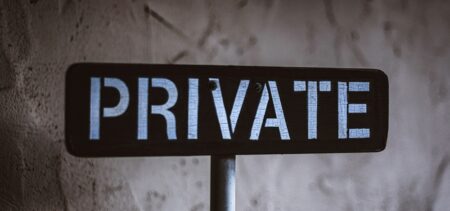When it comes to listening to music, almost every aspect of an audio setup affects how the music sounds. Obviously, the speakers or headphones are the most important variable, closely followed by the amplifier, but the interconnecting speaker cables, interconnects, and power supply also play a significant role. If you have poor quality cables running from your computer or amplifier to your speakers, the music will sound bad. In today’s world, though, where streaming music from the internet or NAS is now the norm, there’s another variable that you need to watch out for: Your Ethernet cables. According to some new research, the quality of your networking cables really does affect the sound of your music — though, here in the ExtremeTech bunker (which has a surprisingly high density of networking specialists), we’re not sure if his claims hold up.
René van Es, over at The Ear, is an audiophile who has been testing audio equipment, speaker cables, and interconnects for decades. He claims that, back in the ’70s, he was one of the first people to write about the differences in speaker cables — and now, he’s researching the difference in Ethernet cables.
As you may know, most wired networking uses Category 5 (Cat 5) cabling, which consists of twisted pairs of copper wire, surrounded by a plastic sheath. Cat 5 is generally unshielded, which is why it can only be used over fairly short distances — especially if you want to use transmission methods with higher data rates, such as Gigabit Ethernet. There are, however, higher categories of cabling, such as Cat 7, which have shielding around each pair, the entire cable core, and also the connector (which tends to be more rigid than the normal, plastic RJ45 that you see in Cat 5). As you can see in the photo at the top of the story, Cat 7 cables and connectors are pretty hefty.
Van Es plays his music over a fairly standard home network setup: He has a NAS where he stores his music (ripped to lossless FLAC of course), a NAD M50 digital music player that can play those FLAC files, and an Ethernet network connecting the two. The actual network setup is a bit more complex than that (as seen in the diagram above), but we’ll keep things simple for the sake of clarity.
According to Van Es, there was a significant change in audio quality when he replaced his original Cat 5 cables with Cat 7. “Changing from [Cat 5] to Cinnamon [an Audioquest Cat 7 cable] with only one switch in my network produces a surprising result. One Million Bicycles from Katie Melua’s CD Live At The O2 Arena opens up and suddenly the public plays a much more important role at the beginning and end of the song.” After some more testing, he continues: “[Switching to Cat 7] gives me back a more detailed sound that’s very easy on the ear with better instrument detail. Like the organ that comes to the foreground, the whistle is now tonally richer and Katie’s voice is more exciting. Small recording errors that appear, for instance when Katie gets too close to the mic, add to the live experience.”
If you know anything about Ethernet, or packet-switched networking in general, this takes a bit of effort to get your head around. Bits are bits; Ethernet transports error-checked IP packets from one point to another. There’s no such thing as a good bit or bad bit or “better-sounding” bit — you either receive the packet of data (the FLAC stream in this case), or you don’t. I have spent a good while thinking about this one, and I have a background in networking, but I can’t work out why one Ethernet cable would sound different from another. In the case of speaker cables or HDMI, where the actual audio signal is transmitted, I can see how there might be a difference between cables. Likewise, I can see how the noisiness of the power source could play a big role. Packetized, error-checked digital data, though… I just don’t know. (Read: HDMI 2.0 released: 18Gbps of bandwidth allowing for 4K @ 60 fps, 32 audio channels.)
Van Es really does seem adamant about a change in sound quality — but as an audiophile, though, he must surely know that double-blind testing must be carried out if he wants his findings to be taken seriously. He needs to be blindfolded and then have someone else change the cables, to see if he can still hear the difference. I’d also be very interested to see if Ethernet cables can affect the quality of compressed streams from Spotify, iTunes, or Rdio — or whether it’s just super-high-quality 16/44, 24/96, and 24/192 recordings that are impacted.































